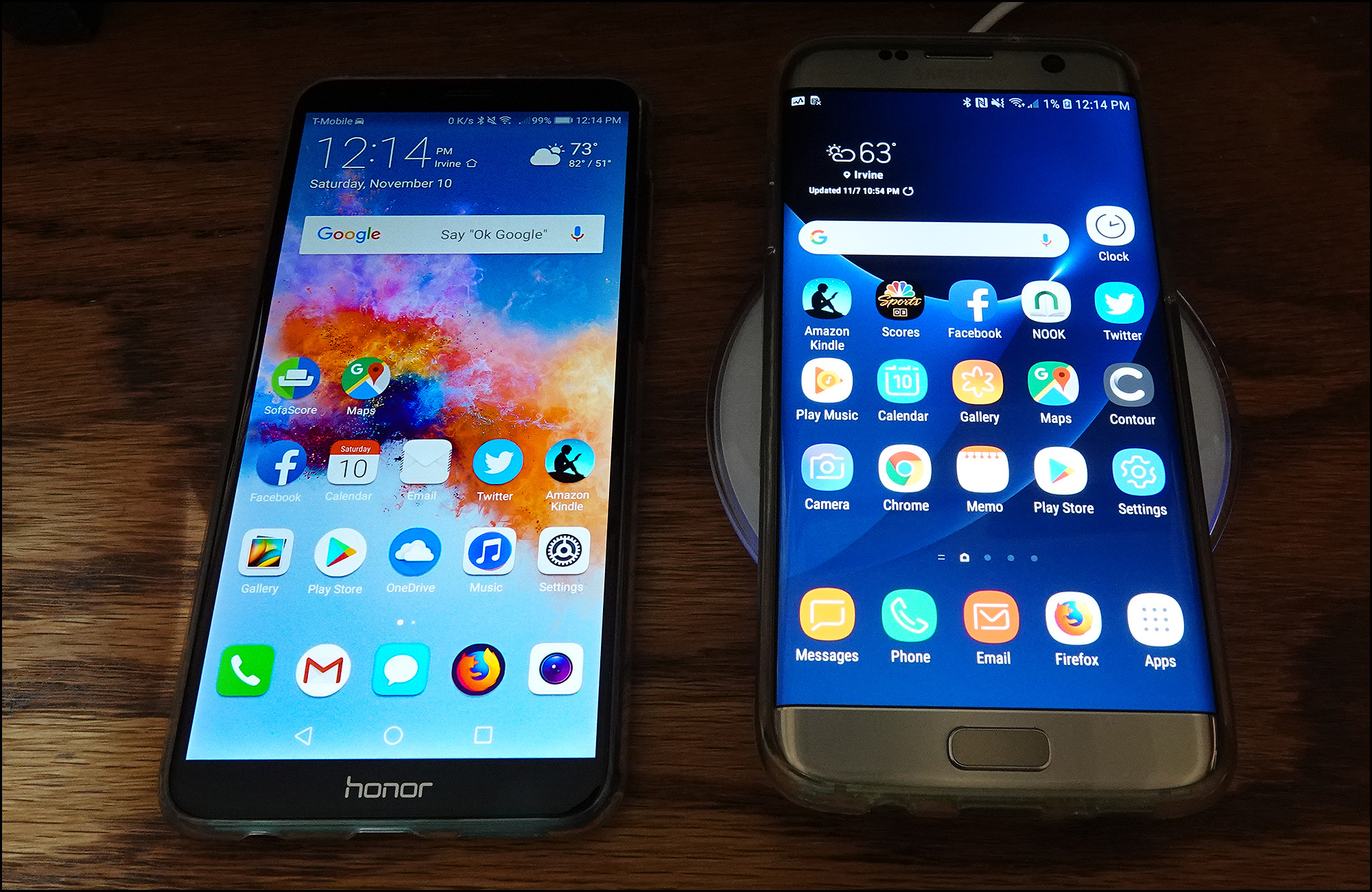A couple of years ago I bought a new cell phone. I figured I might as well get a flagship model so I could keep it for a long time, so I got a Samsung 7 Edge. I’ve hated it from the first day.
Why? Because of the edge. That’s what made it top-of-the-line, and it drives me crazy. The edge doesn’t really provide any more usable screen area, but it is touch sensitive, which means that every time I so much as look at it cross-eyed it does something. The widgets come up. An app closes. A hyperlink gets clicked. Etc. Perhaps this doesn’t happen to anyone else. Maybe it’s just clumsy little me. But I sure am tired of random stuff happening every time I pick up or put down the phone.
Last week I finally decided to do something about this. I wanted a phone with a good old-fashioned slab side and maybe even a bit of a bezel around the screen. That turned out to be hard to find in a top-line phone. So I lowered my sights, and then lowered them again. And guess what? It’s amazing how good a phone you can get these days for $200. I spent maybe an hour looking at phones online, and there were a tremendous number of excellent phones around this price range.

Left: cheap awesome phone. Right: expensive awesome phone.
Kevin Drum
In the end, without even thinking about it much, I got an Honor 7x, which isn’t even the top of the Honor line. It’s a Huawei phone of some kind, which probably means the Chinese government is spying on me, but whatever. And it’s pretty awesome. I suppose it won’t do if you’re a serious gamer, but for ordinary activities it’s every bit as good as my Samsung. Maybe better. It’s light, fast, has a 6″ screen, great battery life, a pretty good camera, and a better button arrangement than the Samsung. For those of you who actually talk on your phone, it’s got a good radio and it seems to get strong reception on my carrier (T-Mobile) maybe even a little better than the Samsung. On the downside, it doesn’t have NFC, which is probably a deal breaker for you hipster types who just want to swipe your phone in the vicinity of the cashier when you’re buying your avocado toast. Also, no wireless charging, which I don’t really miss much.
So that’s my technology report for the week. For those of us who don’t need the absolute fastest, newest phone out there, we’re now in a golden age of cheap high-end phones. With maybe the exception of the NFC, there’s not a single thing on my $200 phone that I miss from my $800 phone.

















